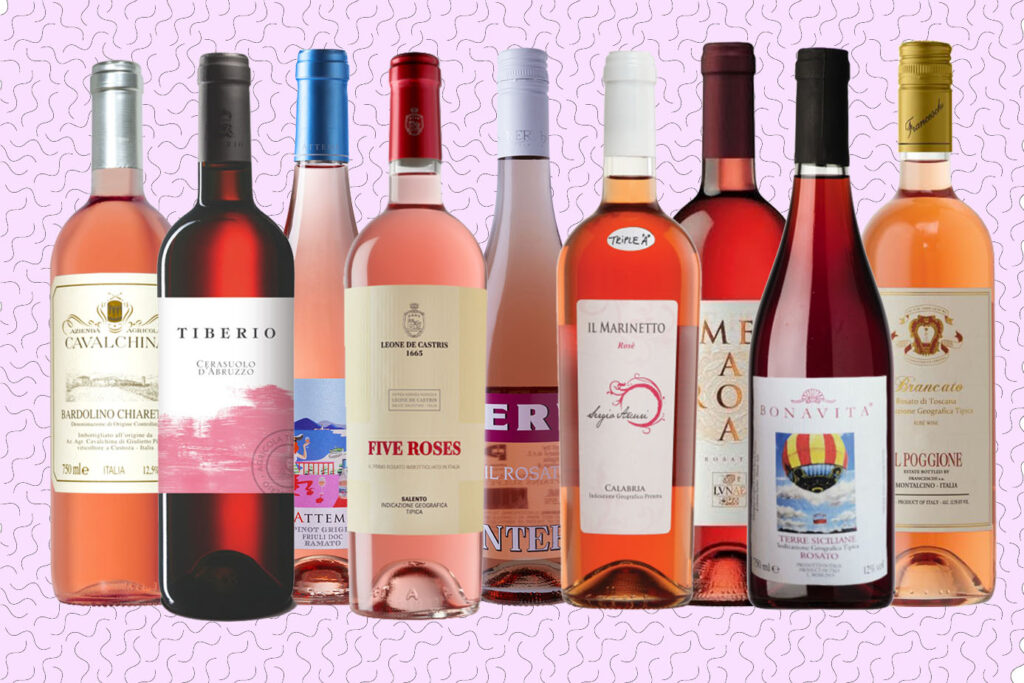
In the world of wine, rosé stands out for its elegance and versatility. This nectar, which dances between shades of red and white, hides behind its delicate color a variety of production methods that define its character and taste. Let’s discover together the secrets behind the creation of this fascinating wine.
Limited maceration: The most widespread method, where the red grapes are pressed and left to macerate with the skins for a short period. It’s a game of time: a few hours for a pale rosé, a few days for a stronger flavor.
Direct pressing: Here, the red grapes are pressed immediately, and contact with the skins is fleeting. The result? A rosé with a pale color and subtle flavors, almost a hint of fruit and flowers.
Saignée method: A noble technique, which involves the “blood” of a part of the must from the red vinification tanks. The subtracted liquid begins its solitary adventure, evolving into a rich and structured rosé.
Blending: A marriage between already fermented white and red wines. It is a less orthodox method, often viewed with suspicion in lands with protected denominations, but which can reserve pleasant surprises.
Each method is a chapter in a story that ends in the glass, where the rosé presents itself in all its complexity. It is an invitation to explore, to experiment, to be seduced by a wine that never ceases to amaze.
If you want to find out more, let yourself be guided in the private tasting of Wine is Pink by NWT.
See you soon!
Andrea
